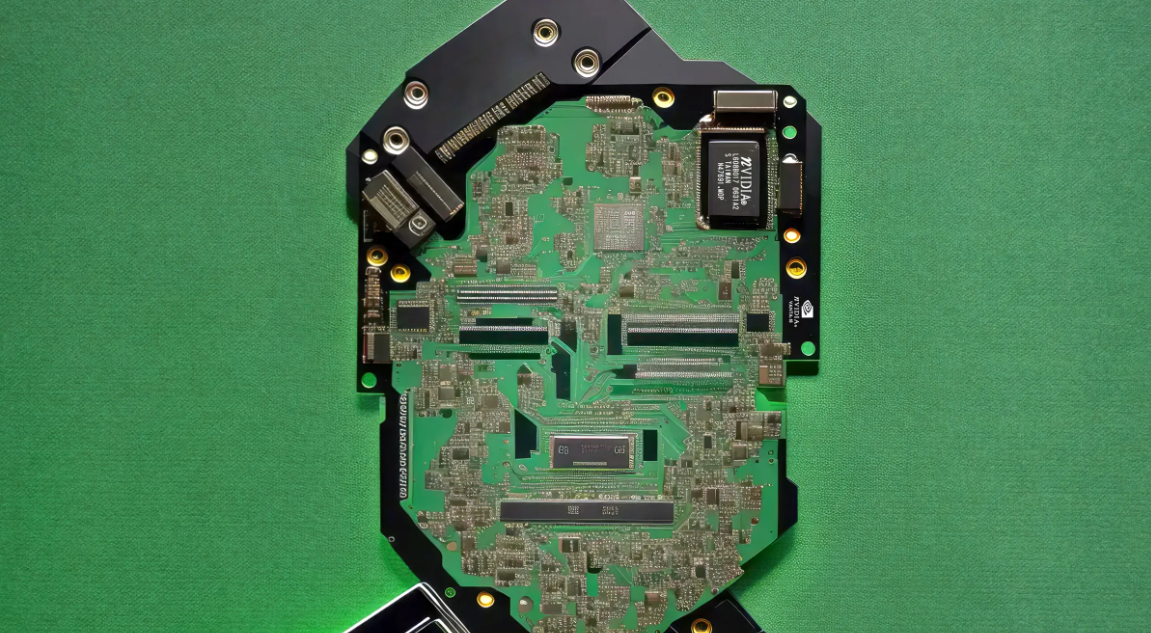Chip and data center specialist Nvidia (NASDAQ: NVDA) has emerged as the king of the artificial intelligence (AI) realm. Quarter after quarter, the company continues to defy expectations, set revenue and profit records, and provide investors with a laundry list of such good news that it’s hard to keep track of it all.
If you’ve held Nvidia stock at any point during the last two years, congratulations. You’ve probably made a lot of money.
But as I often express in my pieces, investors need to think long term. Can Nvidia’s rocket ship keep climbing higher?
Below, I’ll outline catalysts and risk factors facing Nvidia. Moreover, I’ll detail how I think these points can impact the stock and assess how Nvidia shares may hold up over the next five years.
The next couple of years look great, but…
One of Nvidia’s best-selling products at the moment is its H100 graphics processing unit (GPU). Meta Platforms CEO Mark Zuckerberg and Tesla CEO Elon Musk have both specifically referenced the importance of the H100 technology for their respective businesses’ generative AI development.
Yet, despite the unrelenting demand for the H100, Nvidia is already on the brink of a successor chipset. The company’s new Blackwell GPUs are set to launch later this year, and both Wall Street and Nvidia’s own management are forecasting billions of additional dollars in sales by the end of the year.
Furthermore, continued heavy spending on capital expenditures (capex) from the likes of Meta, Tesla, Microsoft, Amazon, and Alphabet should serve as a nice tailwind for Nvidia’s compute and networking business.
With all that in mind, Nvidia stock could be poised to see further gains over the next couple of years once Blackwell really hits its stride.

The longer-term picture is cloudy
One important detail to call out regarding more capex spending from big tech is that not all of this will be allocated toward Nvidia’s products. Rather, each of the “Magnificent Seven” members highlighted above is working on their own in-house custom chip designs. In other words, Nvidia’s own customers are looking to compete with the company and move away from a sweeping overreliance on its IT infrastructure.
Such a dynamic will likely be a headwind for Nvidia in terms of its pricing power. I suspect lower prices for Nvidia’s GPUs will begin eating away at its revenue growth and gross profit margins. As revenue growth begins to normalize and margins start to shrink, Nvidia’s profitability profile will tighten.
As a result, rising competition could be the catalyst that ultimately leads to a plateau across Nvidia’s entire business. For these reasons, I think the stock has a good chance of selling off in the long run.
The bottom line
I’d like to make one thing abundantly clear: Nvidia stock likely has a solid runway ahead. However, as I’ve expressed before, I think timing will become a more important factor when assessing whether or not to buy or sell Nvidia shares.
In other words, I do not think Nvidia stock will gain another 2,800% over the next five years. While the stock will go up at times, it’s highly unlikely that shares will soar upwards in a straight line and experience minimal sell-offs.
Candidly, I think these dynamics have been at the center of Nvidia’s selling activity from several high-profile billionaires lately.
Will Blackwell and whatever else Nvidia releases over the next five years be successful products? Probably. But will they be so successful that Nvidia will remain the king of the AI realm, with the rest of the tech world lucky just to get their hands on the company’s products? In my opinion, I don’t think that will be the case.
For these reasons, I think Nvidia’s valuation will normalize over the next five years, and the stock may very well underperform its peers and the technology sector at large. I think there are more compelling opportunities in the chip industry and AI space more broadly. I would think long and hard before doubling down on a position in Nvidia over the next several years.



